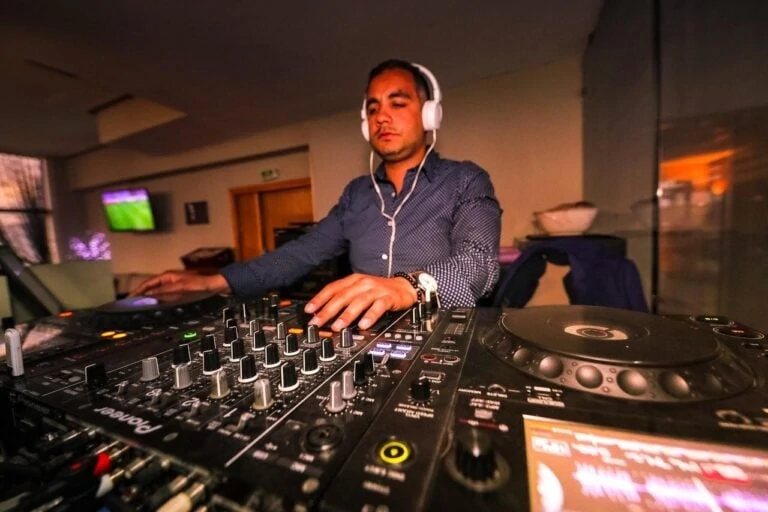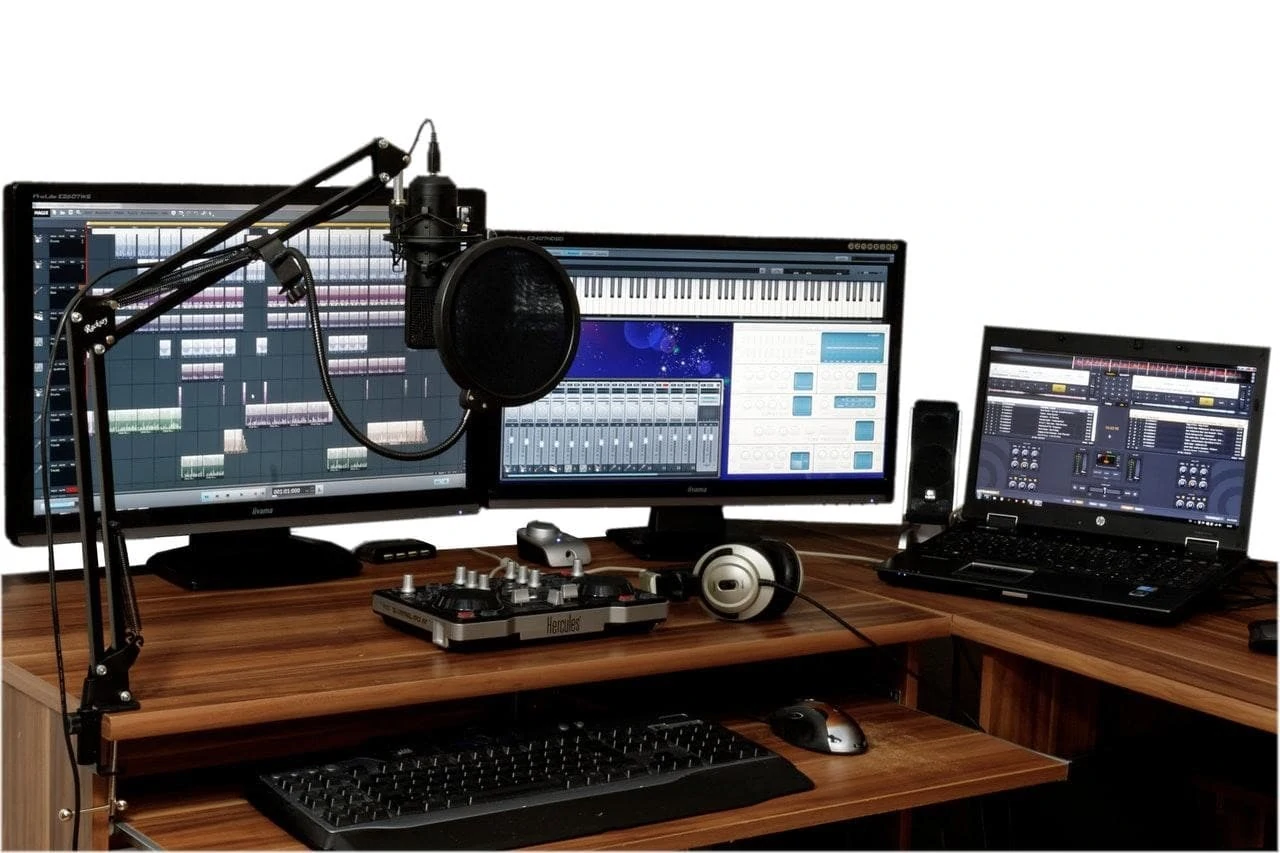Money can be a big problem if you are a beginner musician. There are many things you have to spend because of out-of-pocket expenses for production equipment and accessories. The good news about the music industry today is that anybody can make it big thanks to the Internet. Gone are the days of needing a record label to produce your music. Now, you can do this from the comfort of your own home. All you need is an internet connection and a home studio. That spare bedroom in your home can be the place for your very own recording studio.
Benefits of a Home Recording Studio
Record Your Music Anytime
Creativity has weird timing sometimes. There will be instances when it’s late at night and you aren’t doing much when suddenly a wave of inspiration hits you. At that hour, there won’t be a recording studio open outside ready to host you. Normally, you would pick up your songwriting notebook and jot down whatever you need to. With a home studio, however, you can plug your instruments in, jump straight to the mic, and start recording. Any artist will know the importance of converting inspiration and imagination to something tangible as soon as possible, which is why a home studio is great to have.
Take as Much Time as You Need
Having your own home recording studio won’t just give you the ability to record anytime, it can also give you the ability to record; however long your creative process is. Whenever you work on your music in a paid recording studio, there is a good chance that you might feel some pressure to get things right as quickly as possible since you are charged by the hour. Not only that, you might also have to worry about other people’s reactions (boredom, annoyance, etc.) With a home recording studio, there wouldn’t be such restrictions. You will, instead, get unlimited time to try out different things, which is a good thing since trial-and-error can be an effective way of making great art.
Work on Your Music Alone
Some artists prefer to collaborate with other musicians, while others prefer to work on their craft alone. Having your own music studio at home can be a blessing for the latter. A professional recording studio can be a bit nerve-wracking for some. Some artists produce their best work when they are not under any kind of stress.
How to Build Your Home Recording Studio
Choose an Appropriate Location
The first step in building a recording studio at home is determining where the best spot in the house is. You’re going to spend so much time working inside this room, so you would want it to be a place you find comfortable. Pick a spare bedroom that’s far from noise both inside and outside your home. It’s also important that you pick a location that’s secure from robbers since you will be storing equipment worth hundreds of dollars. In terms of dimensions, the ideal room would have high ceilings, irregular surfaces, and enough space for new equipment, instruments, and band members.
Seal the Room Tightly
Sound has a way of leaking into the room even with the doors closed. It’s important to have your room sealed both for you and for the people who live near you. Note that most neighborhoods have noise ordinances that can have you greeting the cops at your doorstep if you’re too noisy. On the other hand, the quality of your work will decline if noise from the outside reaches your mics.
Diffuse the Sound
One of the most important things you can do when it comes to music recording is to manipulate how sound interacts with the surfaces of your room. Think of how differently the quality of sound is when recording in a place like a warehouse compared to a small, cozy room. To make a good music recording studio, you will need to soften the sound quality by adding more objects in the room. The purpose of this is to cut down on the echoes reverberating across the room. Getting your floor carpeted is also something you should consider as it absorbs some of the sound even further.
Purchase the Right Equipment & Software
Arguably the most crucial part of building your very own home recording studio is acquiring a reliable recording equipment you can get with your budget. It’s important not to be too cheap when it comes to what you buy for your studio. You will need the following equipment for a highly-efficient home studio:
- Headphones – Get professional-grade headphones to hear all the minute details of the sound you record.
- Computer – Use a computer that can handle all the software and bandwidth required to record music.
- Microphone with Pop Filter – Getting a pop filter with your microphone is essential as it helps prevent the mic from picking up those sudden bursts of air when pronouncing the P and B sounds.
- Musical Instruments – Make sure you have the instruments you need to record, especially those that DAWs can’t replicate.
- Control Surface – These are devices that control the other devices in the room.
- Studio Monitors – These are speakers specifically designed for professional audio production that are more advanced than Hi-Fi speakers.
- Digital Audio Workstation – This is the main software interface to use when producing and recording music.
- Audio Mixer – This is used to accept, combine, process, and monitor audio.
Produce the Next Viral Song from Your Home
Having your own personal home recording studio isn’t cheap or easy, but it can be a very smart investment for young artists. There are ways to save up on costs while still maintaining a level of quality that isn’t going to turn new listeners off. The better you get at recording music and the more clients you’re able to acquire, the more you can upgrade your home studio setup. With platforms like YouTube, Soundcloud, and Spotify, you can put your music out there and open up chances of becoming the world’s next songwriting sensation. It can all happen without even leaving your house.







